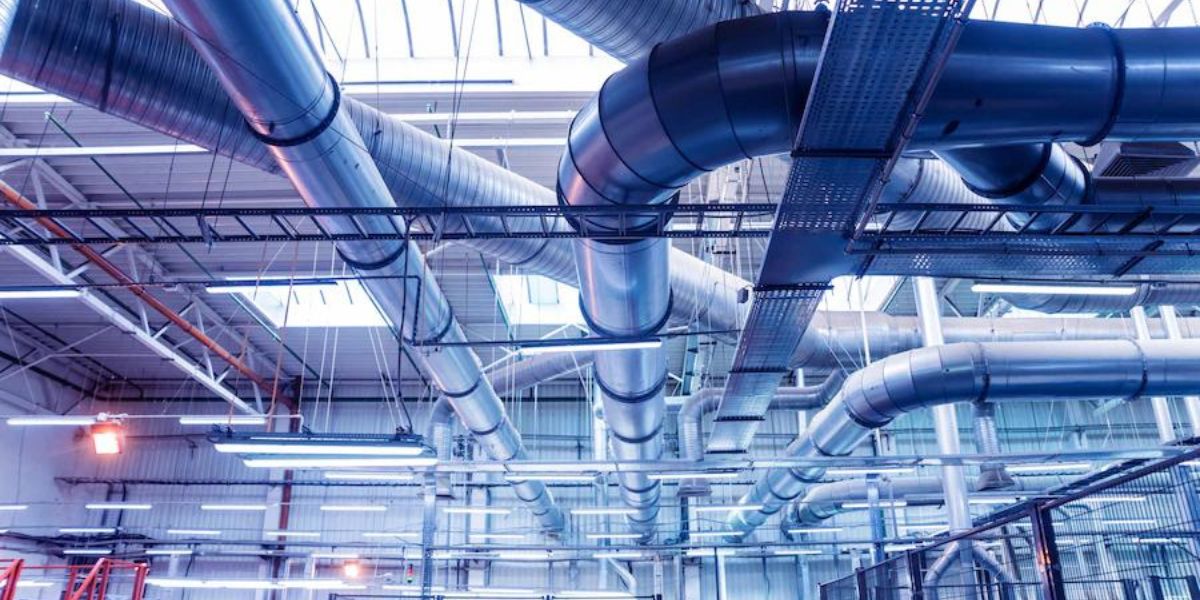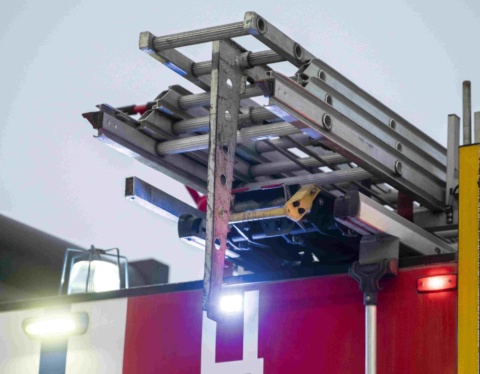Cable trays are solid structures that are used to support and route cables. The National Electrical Code (NEC) defines the required cable tray type. Comparing cable tray wiring systems to identical conduit wiring systems in terms of safety, dependability, space, and cost, cable tray wiring systems can be of different types. Here are the 6 most important cable types:
Ladder Tray
Used for long-span support ranging from 12 to 30 feet in length. It is the kind of tray that is utilized the most. The tray is designed to provide unrestricted circulation of air through it. There are seven different standard widths available, including 150, 300, 450, 600, 750, and 900 millimeters. Strong protection for the side rails and overall system strength, with a smooth radius fitting.
It is not possible to transport dangerous or explosive gases from one location to another using a ladder cable tray, as is the case with conduit systems. Ladder cable trays should be fitted in locations where there is a chance that dust may gather because of the possibility of this.
Solid Bottom Tray
Typically used for little heat-generating electrical or telecommunications applications with 5 to 12 feet of short to medium support span. The selection of a solid-bottom tray is primarily motivated by the need for EMI/RFI shielding protection for very sensitive circuits. If there are no cracks or holes in the finished installation, a solid-bottomed steel tray with steel covers offers a high level of shielding.
The downside of the solid bottom cable tray arrangement is that moisture may accumulate in the cable trays. If the cable tray is not being used for EMI/RFI shielding, this may be regulated by drilling 1/4-inch drain holes every three feet into the bottom of the cable tray.
Trough Cable Tray
For the most part, put to use for applications that generate moderate amounts of heat and have short to medium-length support ranges—5 to 12 feet.
Moderate ventilation together with an additional link support recurrence, with the bottom design supplying link assistance every four inches. Obtainable in both metallic and non-metallic substances. The following widths are considered standard: 6, 12, 18, 24, 30, and 36 inches. These cables have standard depths of three, four, five, and six inches respectively.
Channel Tray
When there are not enough trays available for installation, channel trays are utilized instead. In setups in which the cables leave via ventilation apertures and either the cable channel or the cables themselves are susceptible to some degree of vibration, it is used.
Allows for a span of between 1.5 and 3 meters. In installations where just, a select few cable trays may be utilized, channel cable trays are the way to go. In metal systems, standard widths are 3, 4, and 6 inches; in organic or inorganic systems, standard widths range from up to 8 inches. The typical lengths of 10, 12, 20, and 24 feet are all available.
Mesh Cable Tray
Wire mesh, by virtue of the fact that it has openings, needs a lower quantity of the raw materials that are used in its production, which is both better for the environment and more cost-effective for the manufacturer. When compared to solid steel trays or cable ladder trays, wire mesh trays need less steel overall and produce less waste from that steel. The client will ultimately benefit from these cost reductions. The cost of installing a wire mesh cable tray, also known as a cable basket, is often lower than that of implementing other strategies.
Single Rail Tray
Single Rail cable trays save time and money on lighter-duty cable support installations that do not need a conventional dual side rail. The cable support systems with the quickest installation time and the most flexibility for cables to enter and depart the system. Single Rail Cable Trays are often used for low voltage and power cable installations when maximum cable flexibility, side fill, and installation speed are important considerations. The Centray EZ-Clip or a two-bolt splice connection rapidly and conveniently connects parts. No elbow fittings are needed for the Husky Centray cable tray system, resulting in 50% less installation effort and 75% less components and hardware than normal trays.
Conclusion
The great strength and low cost of steel ladder-type cable trays are two of the most significant benefits of using these products. Negative attributes include high weight, poor electrical conductivity, and resistance to erosion that is only moderately strong. These magnesium silicon amalgams offer outstanding formability and initial characteristics, even as remarkable consumption obstructions thanks to their first-rate qualities. Contact Altura Industries, the best cable tray manufacturer in Qatar, if you need a cable tray for your system.




